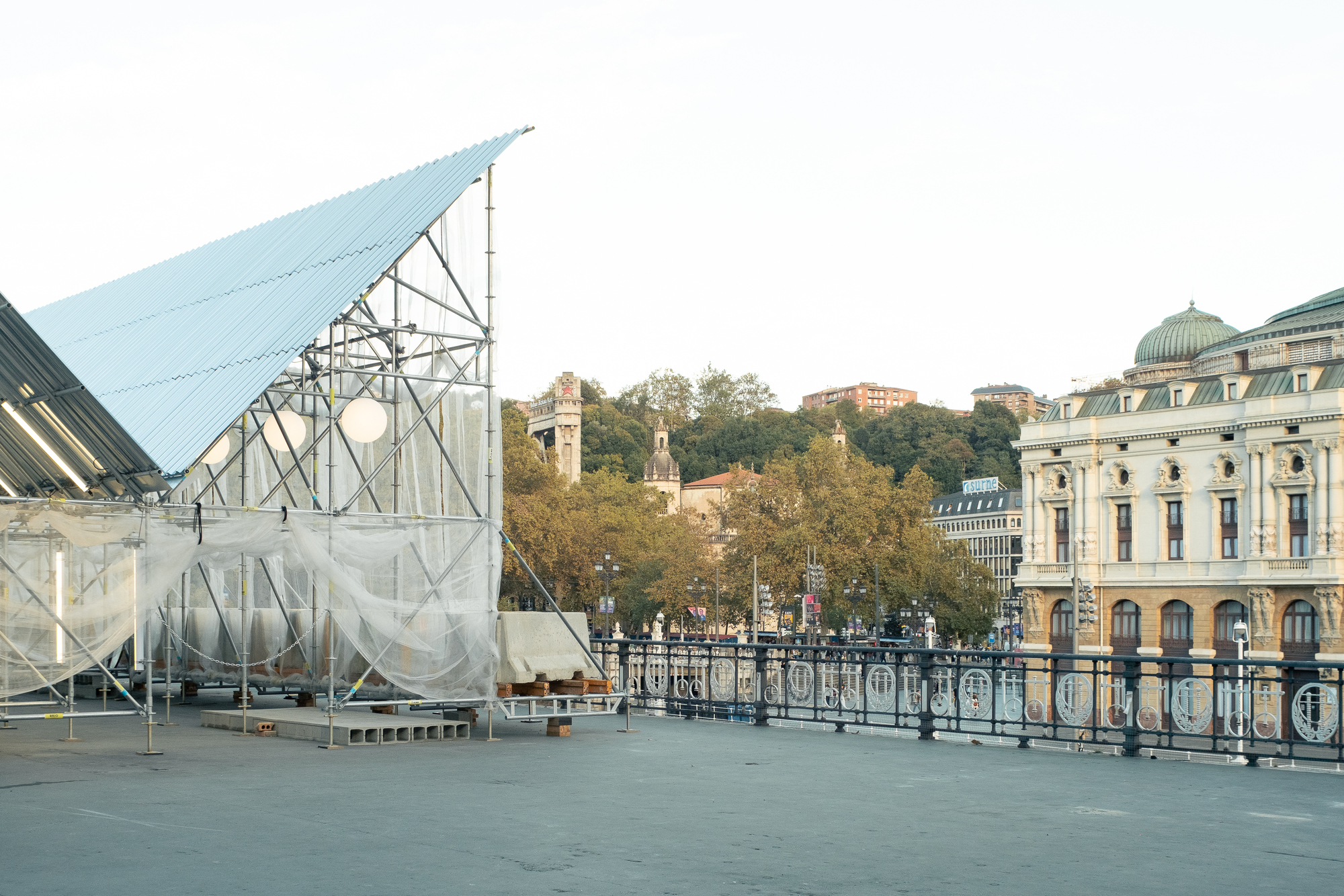
"In cities, containers filled with construction debris and discarded furniture are evidence of constant interior renovations driven more by aesthetic trends and marketing strategies than by real functional needs."
"This same superficial impulse is also reflected in public spaces and buildings, where many interventions prioritise image over fundamental aspects such as accessibility, comfort, or future adaptability."
Containers of construction debris and discarded furniture in urban areas indicate ongoing interior renovations motivated more by aesthetic trends and marketing strategies than by actual functional requirements. Many interventions focus on appearance and image, producing superficial changes rather than lasting solutions. Public spaces and buildings exhibit the same impulse, with upgrades that often sacrifice accessibility, comfort, and the capacity to adapt to future needs. This approach generates waste, reduces inclusivity, and undermines the long-term resilience and usability of the built environment. A shift toward function-driven, accessible, comfortable, and adaptable design would reduce waste and improve longevity.
Read at www.archdaily.com
Unable to calculate read time
Collection
[
|
...
]